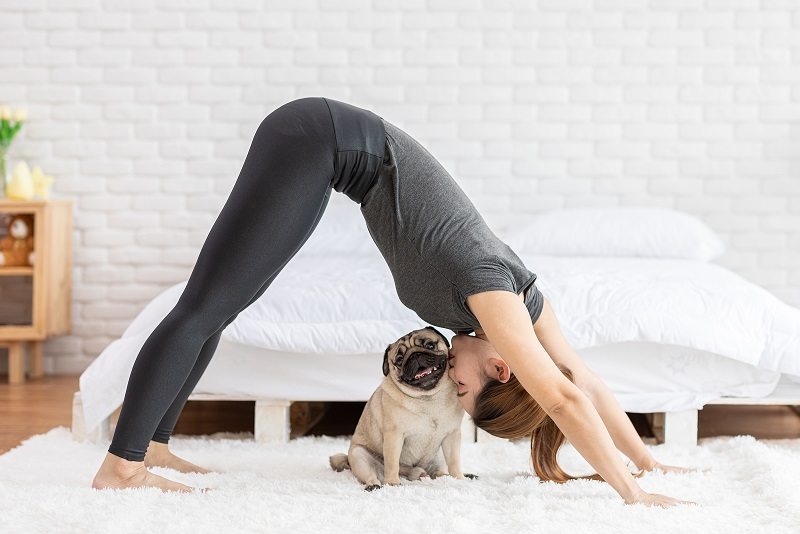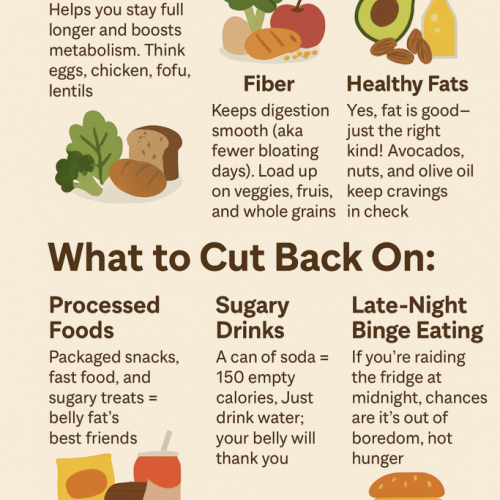Downward facing dog, or down dog is one of the most widely recognized asanas in yoga. It’s an extremely popular and beneficial pose, and it’s beginner-friendly giving it wide appeal. Down dog is fantastic for stretching, centering, and building strength. It’s also considered an inversion since the head is positioned below the heart. Inversions are terrific for reducing stress and anxiety, improving blood flow and energizing the body. It’s no wonder this pose is so popular.
I’ve been working on my down dog a lot lately, and I’m proud of my progress I just about have my heels completely flat on the mat now. I distinctly remember when I started out in one of my first classes, my instructor popped into an awesome down dog and it looked effortless but when I went to go follow her lead, my legs were way bent and my heels were high up off the mat. It has taken me many years to feel like I am close to that first perfect impression I had of this pose.
Benefits:
But no matter how flexible you are (or aren’t), you can still reap all the fantastic benefits of this pose, including increasing length in the spine and lower body, building full-body strength (arms, legs, back), calming, relaxing, centering the mind, relieving stress and anxiety, reducing fatigue, aiding digestion, relieving headaches, insomnia, and back pain to name a few.
Modifications / precautions:
Beginners can place hands on a yoga block for a less intense stretch. This can really help and will provide a gentle stretch to help train your body to achieve the full asana. Also, since it’s an inversion, it’s important to come out of this pose slowly to prevent dizziness. I’ve experienced terrible vertigo from coming out of inversions too quickly before, it is not fun.
Finally, try not to curve your back. The back should be slightly arched back and hanging in this pose to get the full benefits and prevent injury.
Additions:
You can “walk your dog” by bending one knee and lifting the heel on one side while bringing the opposite heel closer to the floor. Do this a few times to improve your flexibility.
One leg can be lifted behind you at a time for a more intense strength-builder.
For a challenge, alternate high plank with variations of lifted legs or hug a knee into your chest and go back into down dog.
How to:
Step 1: Start on your hands and knees.
Step 2: Come off your knees lifting your buttocks up. Keep lifting your sit bones towards the sky.
Step 3: Go as far as you comfortably can to straighten your legs and lower your heels. Pull your torso to your thighs.
Step 4: Keep your hands planted firm and let your head hang.
Step 5: Breathe and let go.
Once you feel like your flexibility is improving, you can add an intense side stretch to your routine.
Namaste.



